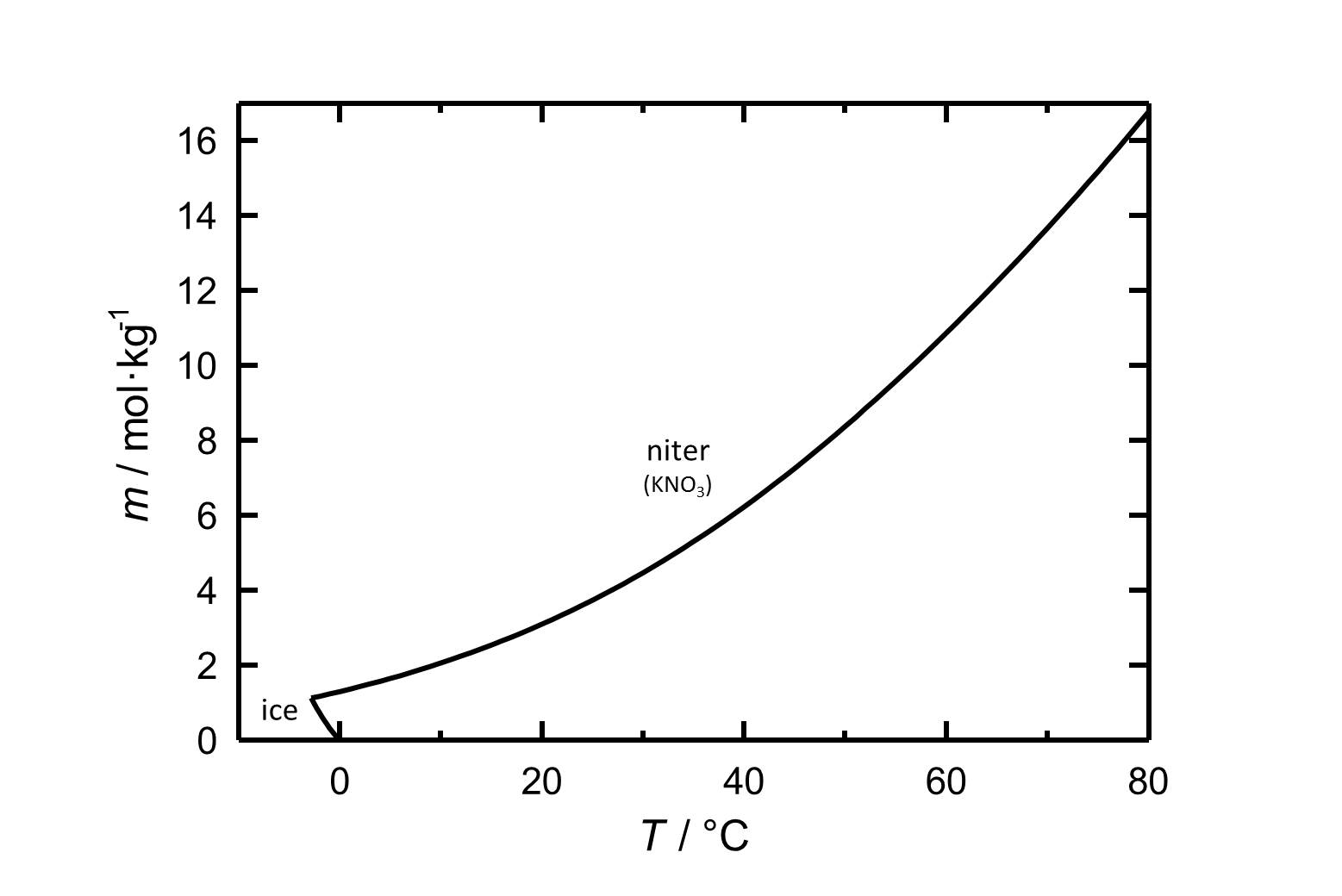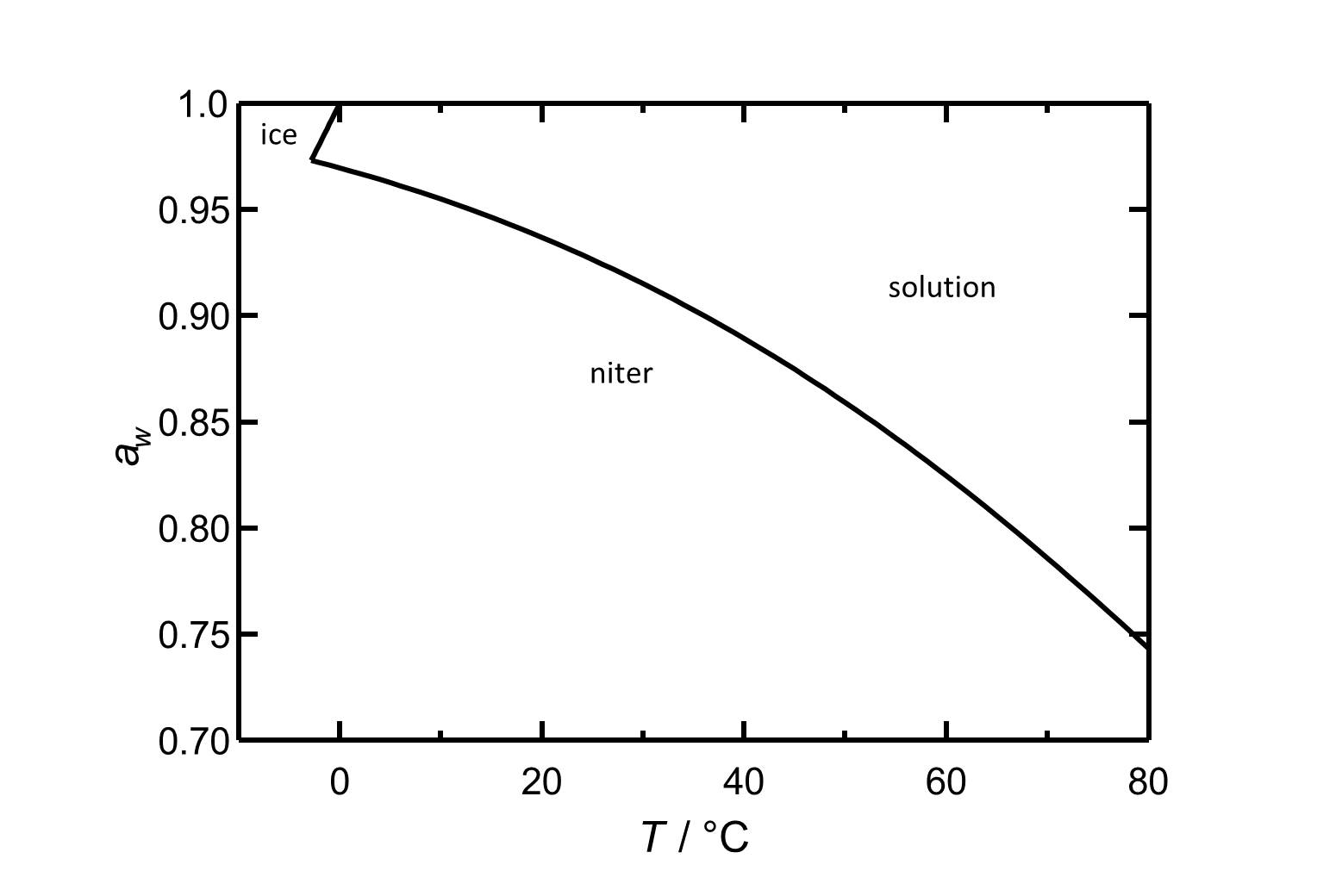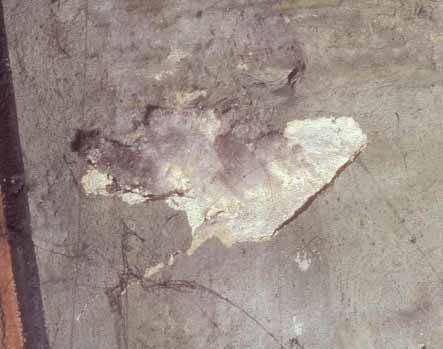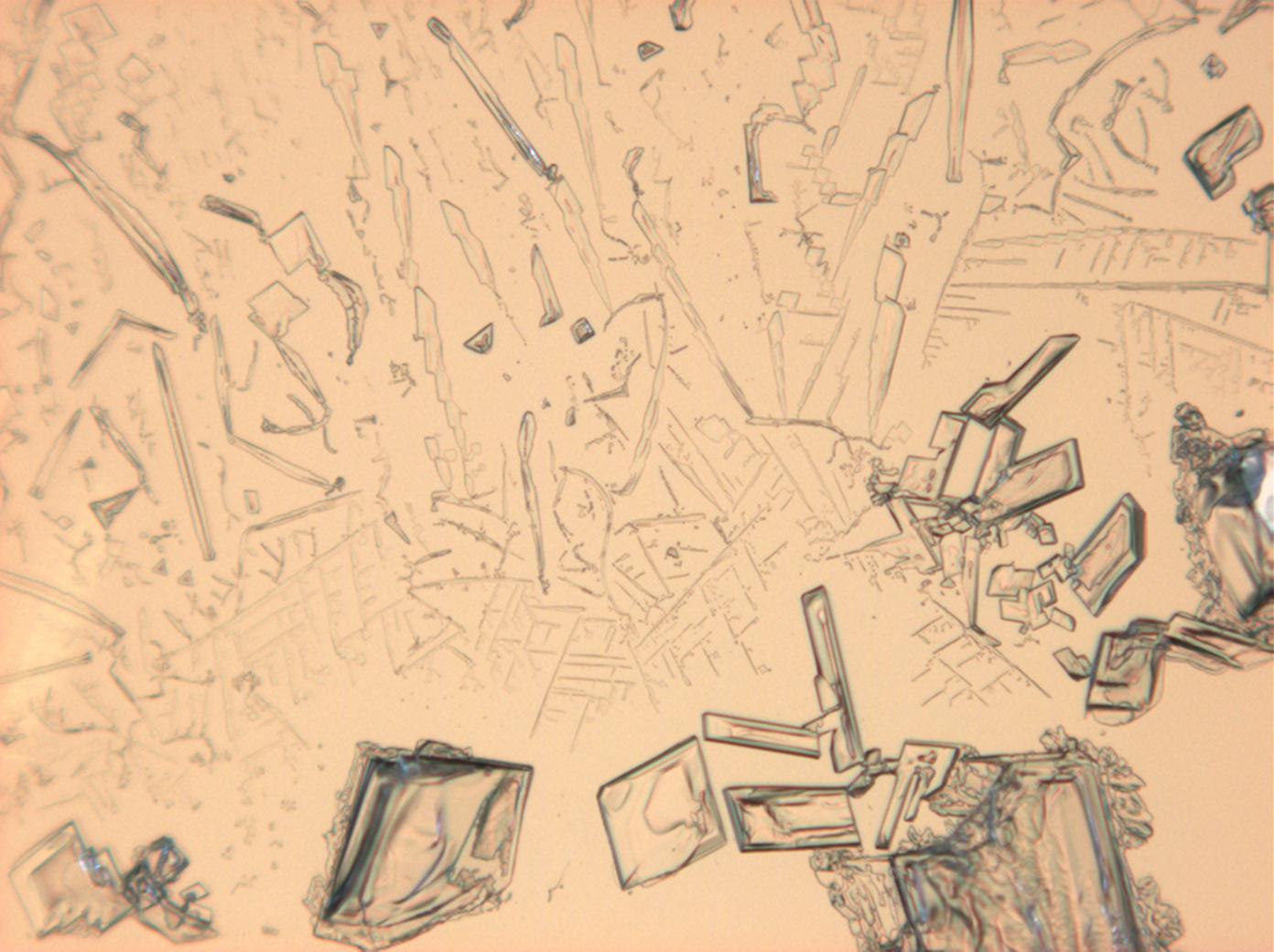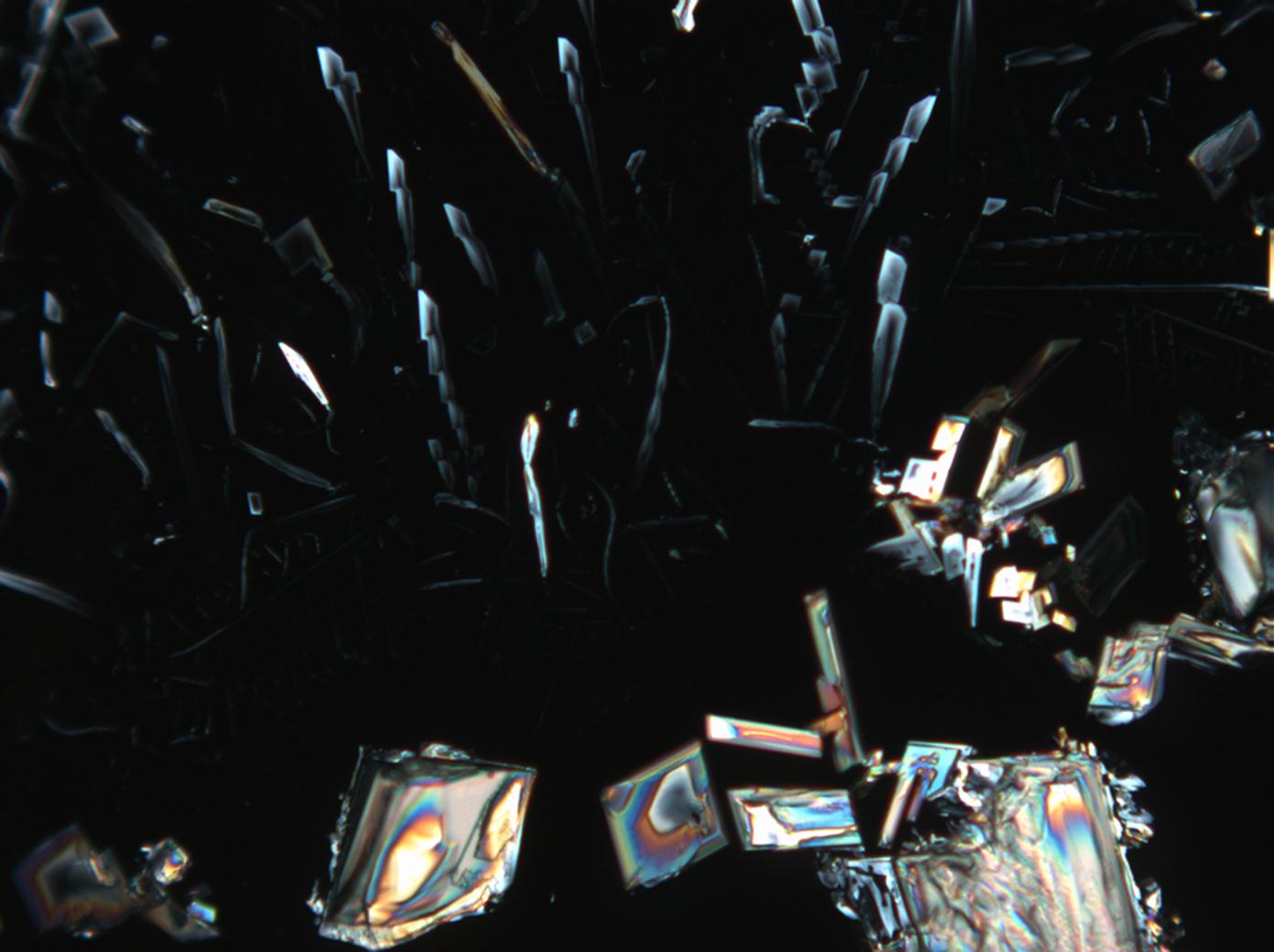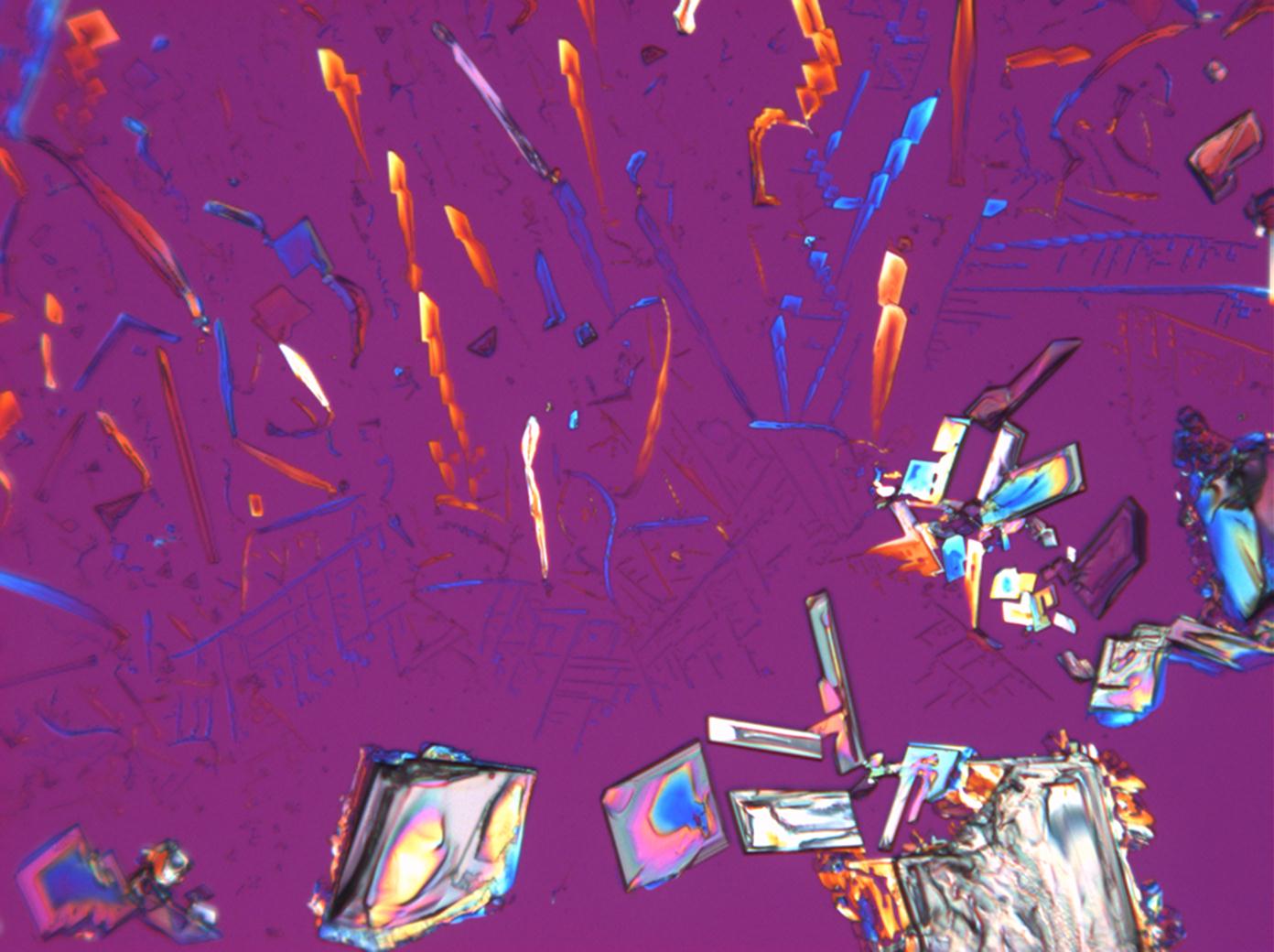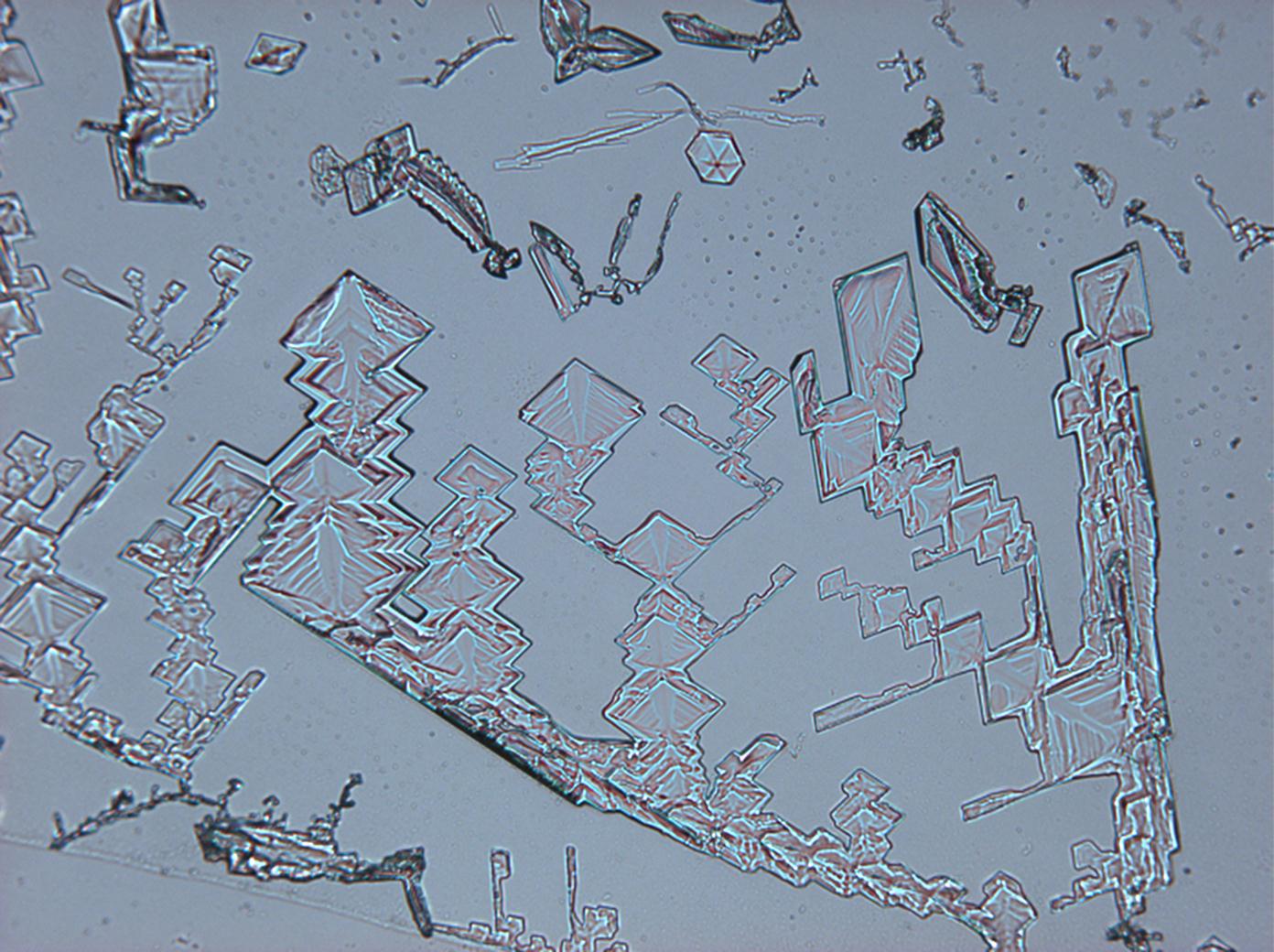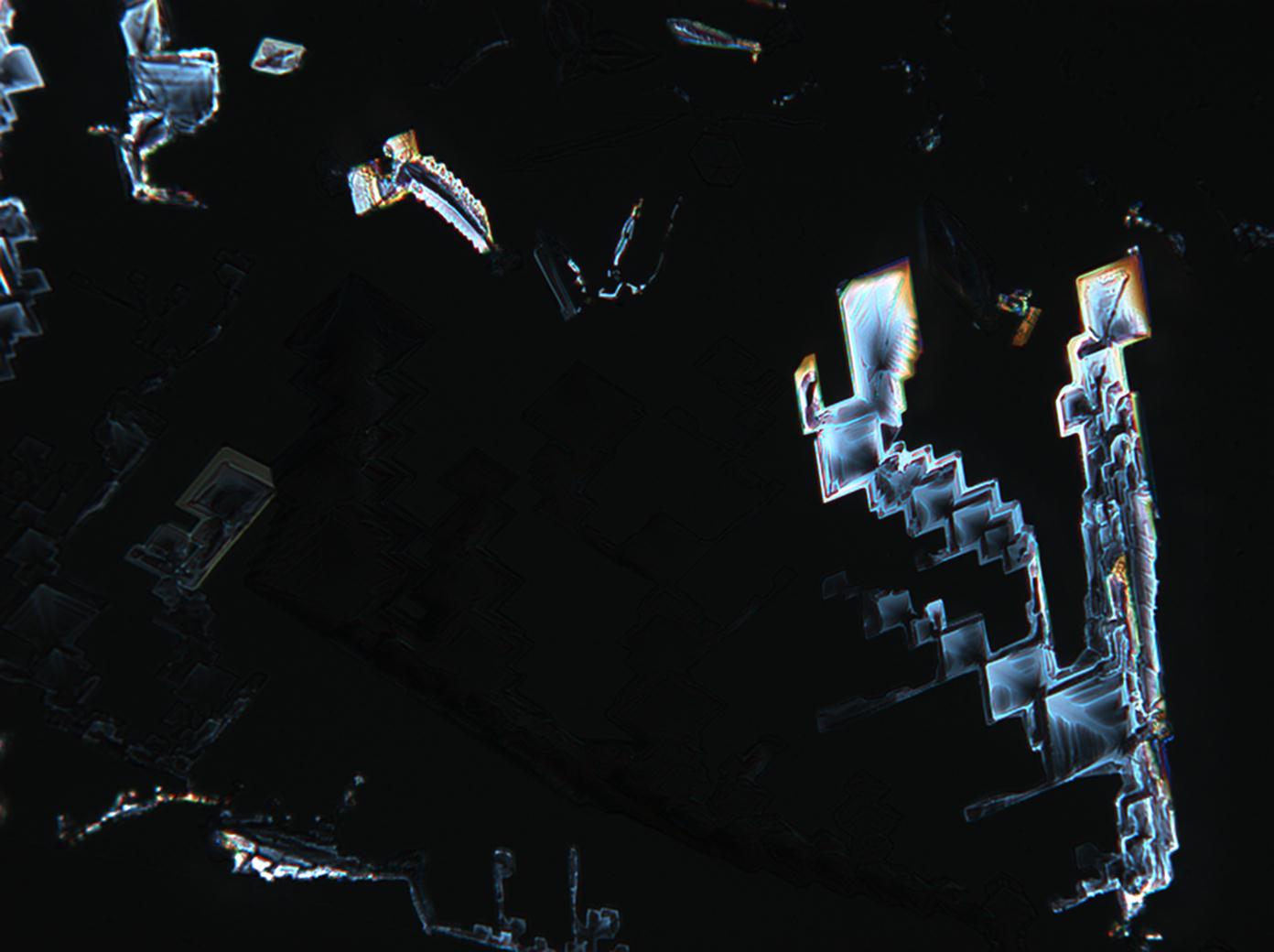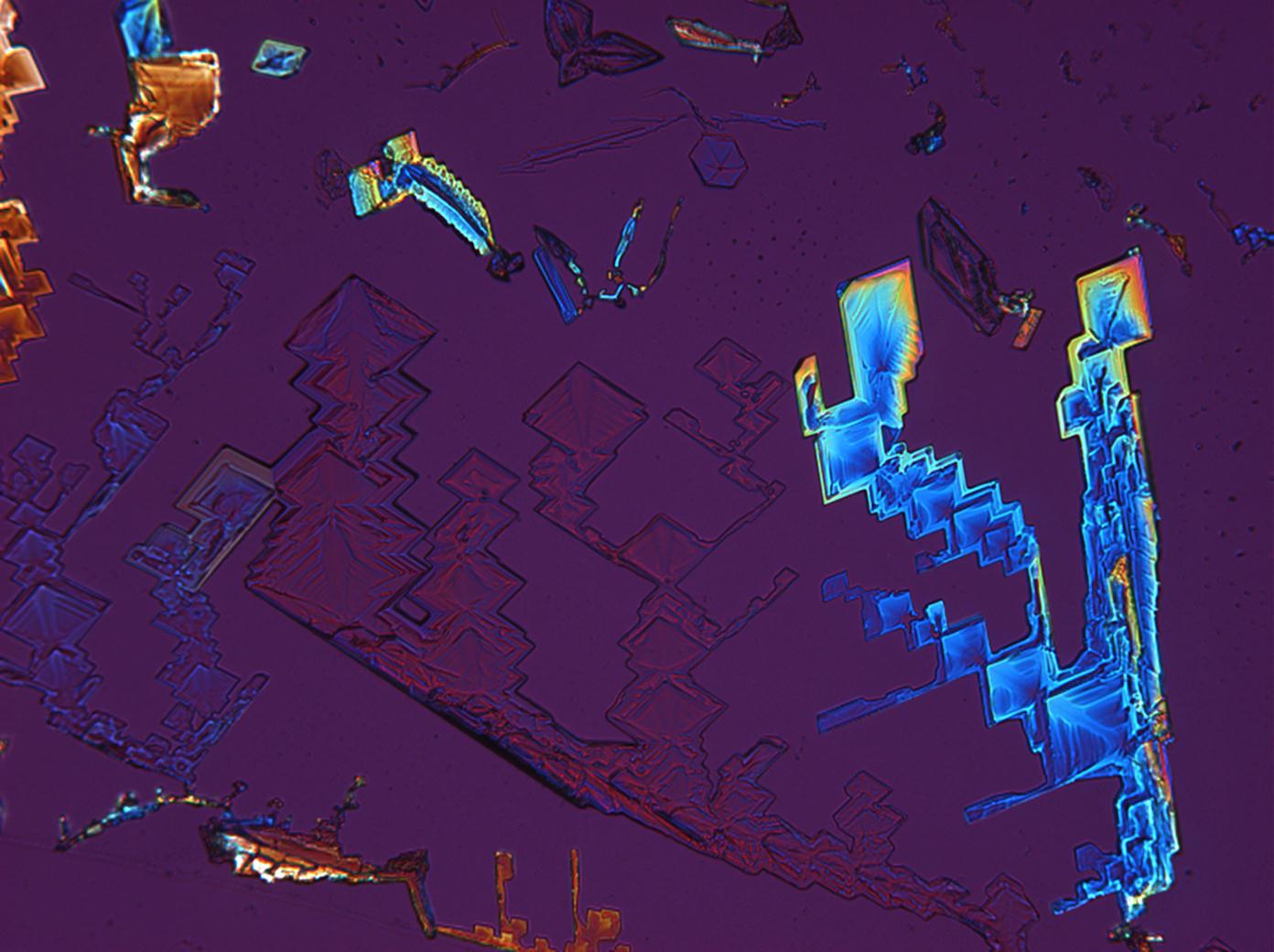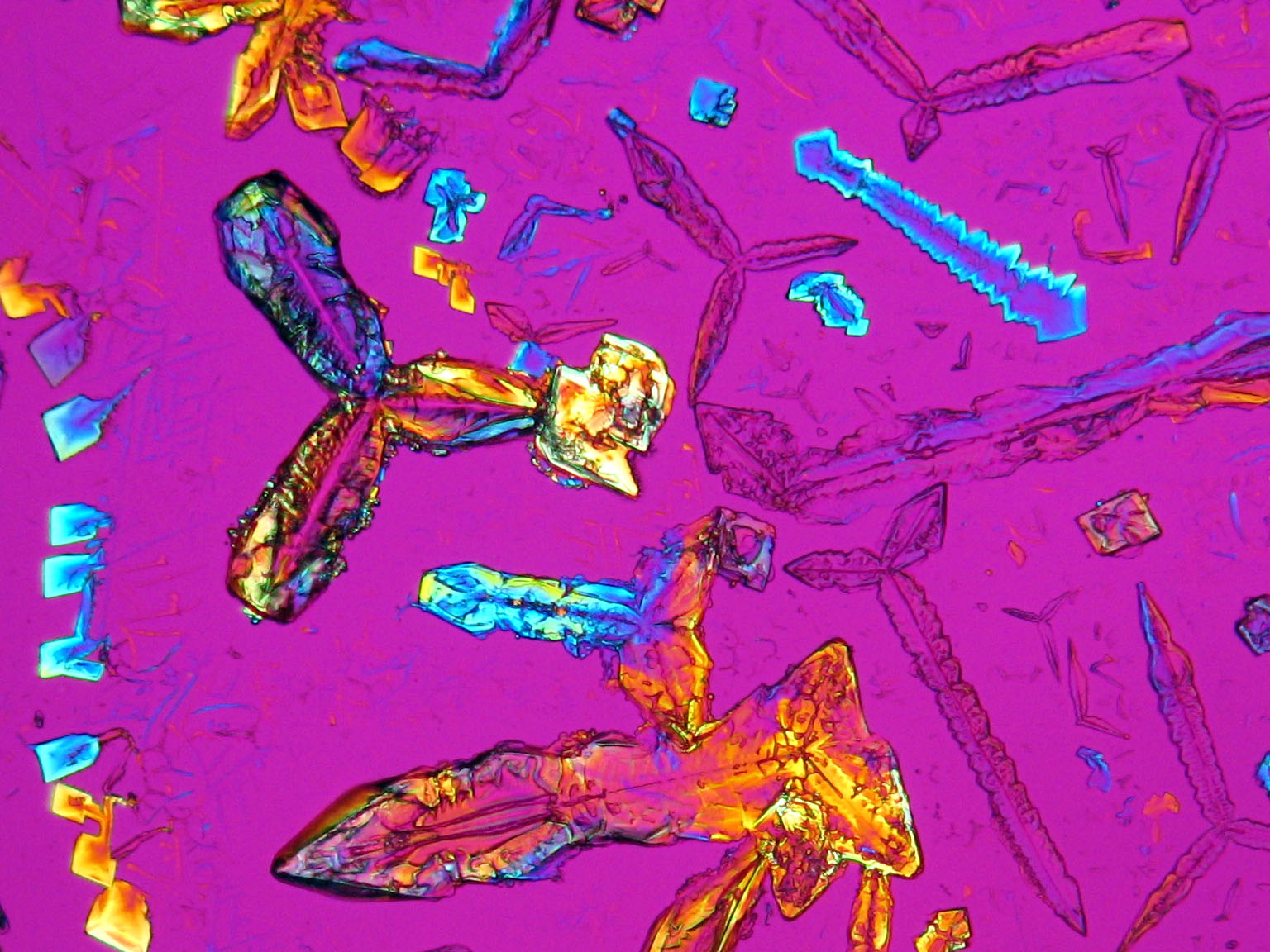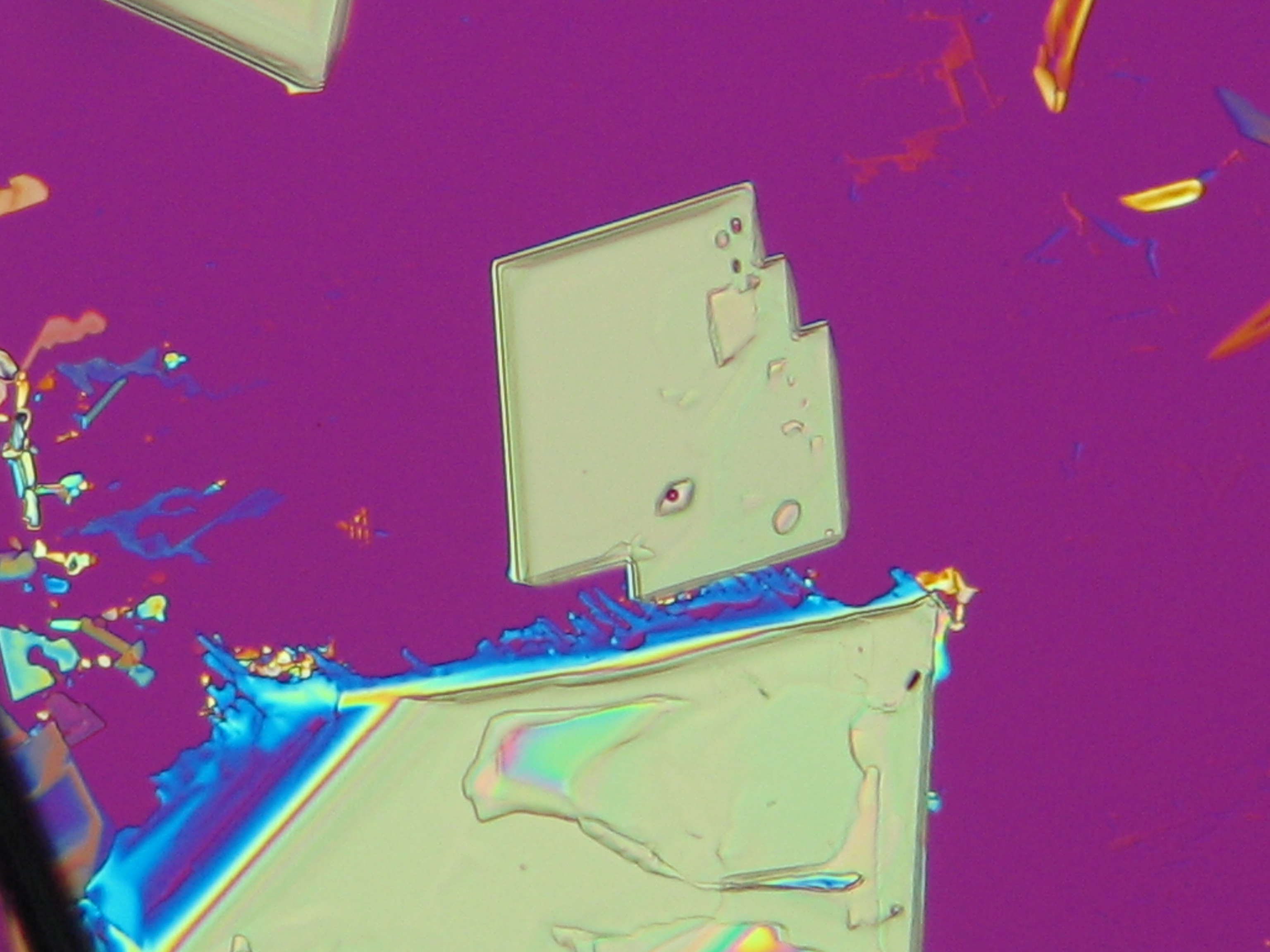Niter: Difference between revisions
| Line 38: | Line 38: | ||
== General == | == General == | ||
Potassium | Potassium nitrate wasan important ingredient in the production of gun powder and explosives in the 19th century, were obtained from natural sources potash deposits contain a maximum of 10% KNO<sub>3</sub> among various other potassium salts) and obtained through the reaction of sodium nitrate with potassium chloride. Currently various methods of large-scale production of this salt are based on the reaction between crude potassium salts and nitric acid. | ||
<br>Potassium nitrate is also used as a fertilizer in agriculture.<br> | <br>Potassium nitrate is also used as a fertilizer in agriculture.<br> | ||
Revision as of 13:21, 24 July 2015
Authors: Hans-Jürgen Schwarz, Nils Mainusch
Translation of the German Version by Hans-Jürgen Schwarz
back to Nitrate
| Niter[1][2][3] | |
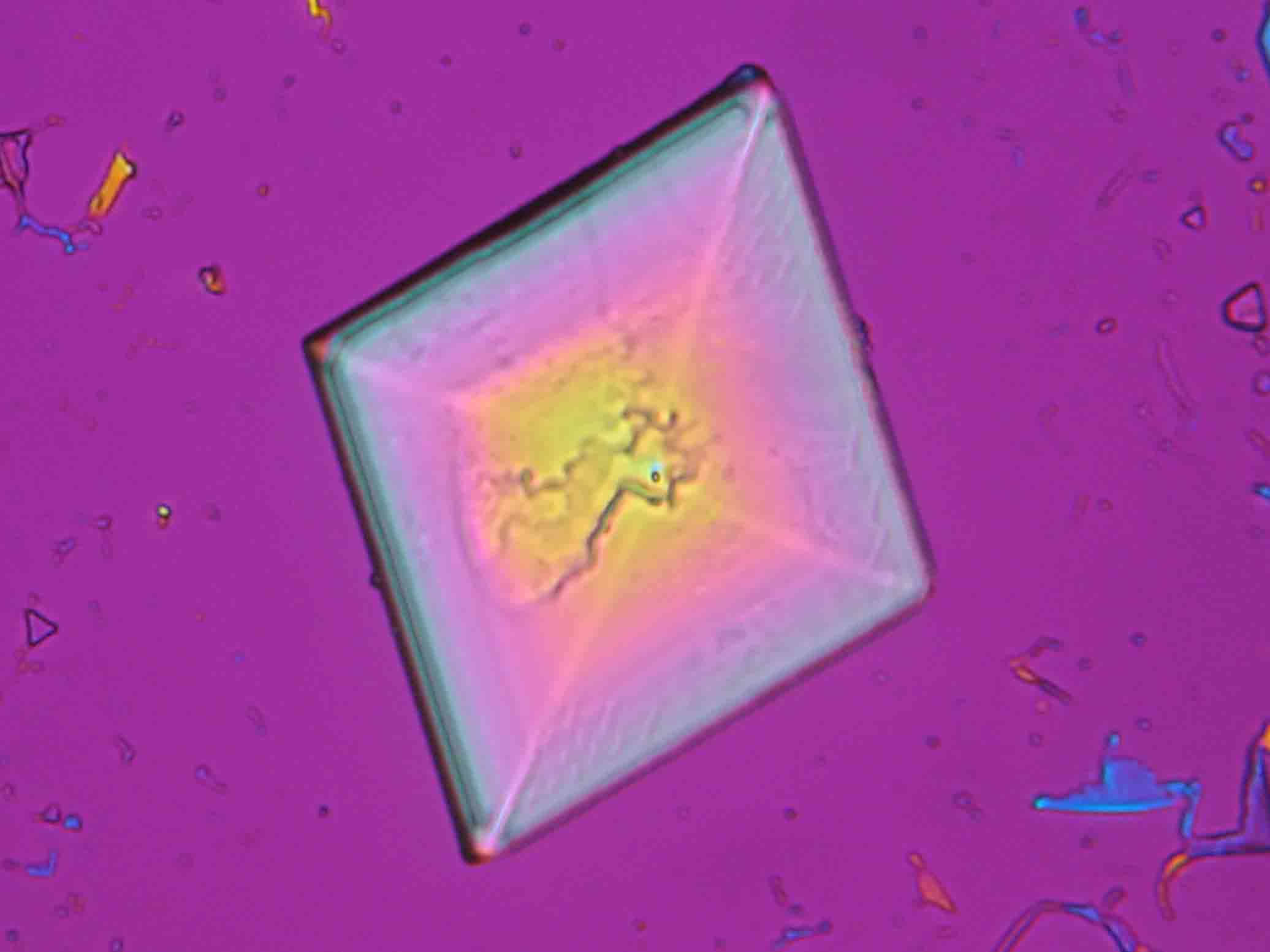
| |
| Mineralogical name | Nitrokalite, Niter, Kalisalpeter |
| Chemical name | Potassium nitrate |
| Trivial name | Saltpetre , Nitrate of potash, Vesta powder, Kali-Salpeter, Kehrsalpeter, Konversionssalpeter |
| Chemical formula | KNO3 |
| Other forms | none |
| Crystal system | orthorhombic |
| Crystal structure | orthorhombic - dipyramidal; 2/m 2/m 2/m , see [4] |
| Deliquescence humidity 20°C | 93.7 % |
| Solubility (g/l) at 20°C | 3.108 mol/kg |
| Density (g/cm³) | 2.103 g/cm3 |
| Molar volume | 48.04 cm3/mol |
| Molar weight | 101.10 g/mol |
| Transparency | translucent to transparent |
| Cleavage | very good on {001}; good on {010}h[5] |
| Crystal habit | include crusts and acicular crystals formed as efflorescence on cave and mine walls [6] |
| Twinning | |
| Phase transition | |
| Chemical behavior | easily soluble in water |
| Comments | |
| Crystal Optics | |
| Refractive Indices | α = 1.335 β = 1.505 γ = 1.506 |
| Birefringence | Δ = 0.171 |
| Optical Orientation | biaxial negative |
| Pleochroism | |
| Dispersion | weak, r < v |
| Used Literature | |
| [Steiger.etal:2014]Title: Weathering and Deterioration Author: Steiger, Michael; Charola A. Elena; Sterflinger, Katja  [Robie.etal:1978]Title: Thermodynamic properties of minerals and related substances at 298.15 K and 1 bar pressure and higher temperatures [Robie.etal:1978]Title: Thermodynamic properties of minerals and related substances at 298.15 K and 1 bar pressure and higher temperaturesAuthor: Robie R.A., Hemingway B.S.; Fisher J.A. 
| |
Abstract[edit]
Niter is one of the most important salts responsible for damages of building materials and murals. It is mostly observed indoors, often found in cotton-like efflorescence. Pictures, microphotographs and examples of habits illustrate and complement the description.
General[edit]
Potassium nitrate wasan important ingredient in the production of gun powder and explosives in the 19th century, were obtained from natural sources potash deposits contain a maximum of 10% KNO3 among various other potassium salts) and obtained through the reaction of sodium nitrate with potassium chloride. Currently various methods of large-scale production of this salt are based on the reaction between crude potassium salts and nitric acid.
Potassium nitrate is also used as a fertilizer in agriculture.
Occurrence of Niter[edit]
Potassium nitrate in natural accumulations can occur anywhere where nitrogen compounds are synthesized in presence of a sufficient quantity of potassium ions (for example during the decomposition of organic matter). Large quantities of nitrifying bacteria and nitrogen compounds are known to be present in manure and urine of living organisms.
Information on the origin and formation of Niter on monuments[edit]
Contaminated ground water is the major input source of potassium ions in monuments, and nitrates most commonly come from atmospheric pollution. In addition, building and restoration materials can also contain soluble potassium compounds. We can also mention potassium silicate, potassium hydroxide (used as a cleaning agent) and cements.
Nitrates can also originate from biogenic sources and be transported into the material structure via capillary transport of moisture. Microbial activity is an important potential source of nitrates through nitrifying bacteria.
Solution behavior[edit]
Potassium nitrate has a high water solubility, belonging to the group of mobile salts. It can be associated with frequent changes in the accumulation zones in the porous material. The temperature effect on the water solubility is strong, which is reflected in the steep curve in figure 1.
A consequence of this is the danger of solution supersaturation during rapid temperature drop, and a subsequent crystallization of the salt.
Hygroscopicity[edit]
In the temperature range of 0°C up to 30°C the deliquescence humidity of potassium nitrate lies always above 90 % r.h. and the temperature dependence is more or less linear. Under the influence of foreign ions the deliquescence humidity is shifted towards lower values.
| 0°C | 5°C | 10°C | 20°C | 30°C | 40°C |
| 97.0%r.h. | 95.5%r.h. | 93.7%r.h. | 91.5%r.h. | 88.9%r.h. | 85.9%r.h. |
Niter and damages caused by niter in the image[edit]
On objects[edit]
Under the polarizing microscope[edit]
- KNO<sub
Under the scanning electron microscope[edit]
Weblinks[edit]
- ↑ http://webmineral.com/data/Niter.shtml gelesen 28.07.2010
- ↑ http://www.mindat.org/min-2917.html
- ↑ http://www.mineralienatlas.de/lexikon/index.php/MineralData?mineral=Niter
- ↑ http://webmineral.com/jpowd/JPX/jpowd.php?target_file=Niter.jpx; Viewed on 15/04/2011
- ↑ ttp://en.wikipedia.org/wiki/Niter; Viewed on 15/04/2011
- ↑ http://www.galleries.com/minerals/carbonat/niter/niter.htm; Viewed on 15/04/2011
Literature[edit]
| [Mainusch:2001] | Mainusch, Nils (2001): Erstellung einer Materialsammlung zur qualitativen Bestimmung bauschädlicher Salze für Fachleute der Restaurierung, Diplomarbeit, HAWK Hochschule für angewandte Wissenschaft und Kunst Hildesheim/Holzminden/Göttingen, file:Diplomarbeit Nils Mainusch.pdf |   |
| [Robie.etal:1978] | Robie R.A., Hemingway B.S.; Fisher J.A. (1978): Thermodynamic properties of minerals and related substances at 298.15 K and 1 bar pressure and higher temperatures. In: U.S. Geol. Surv. Bull, 1452 () |  |
| [Steiger.etal:2014] | Steiger, Michael; Charola A. Elena; Sterflinger, Katja (2014): Weathering and Deterioration. In: Siegesmund S.; Snethlage R. (eds.): Stone in Architecture, Springer Verlag Berlin Heidelberg, 223-316, 10.1007/978-3-642-45155-3_4. |  |
| [Vogt.etal:1993] | Vogt, R.; Goretzki, Lothar (1993): Der Einfluss hygroskopischer Salze auf die Gleichgewichtsfeuchte und Trocknung anorganischer Baustoffe, unveröffentlichter Bericht. |  |
